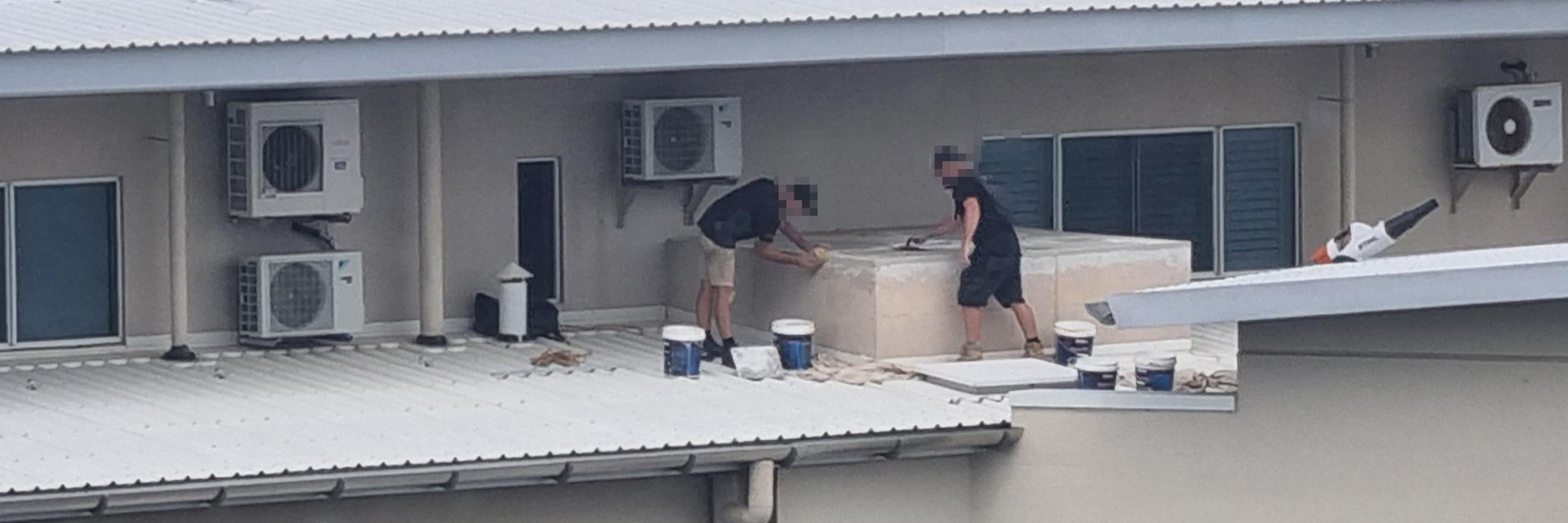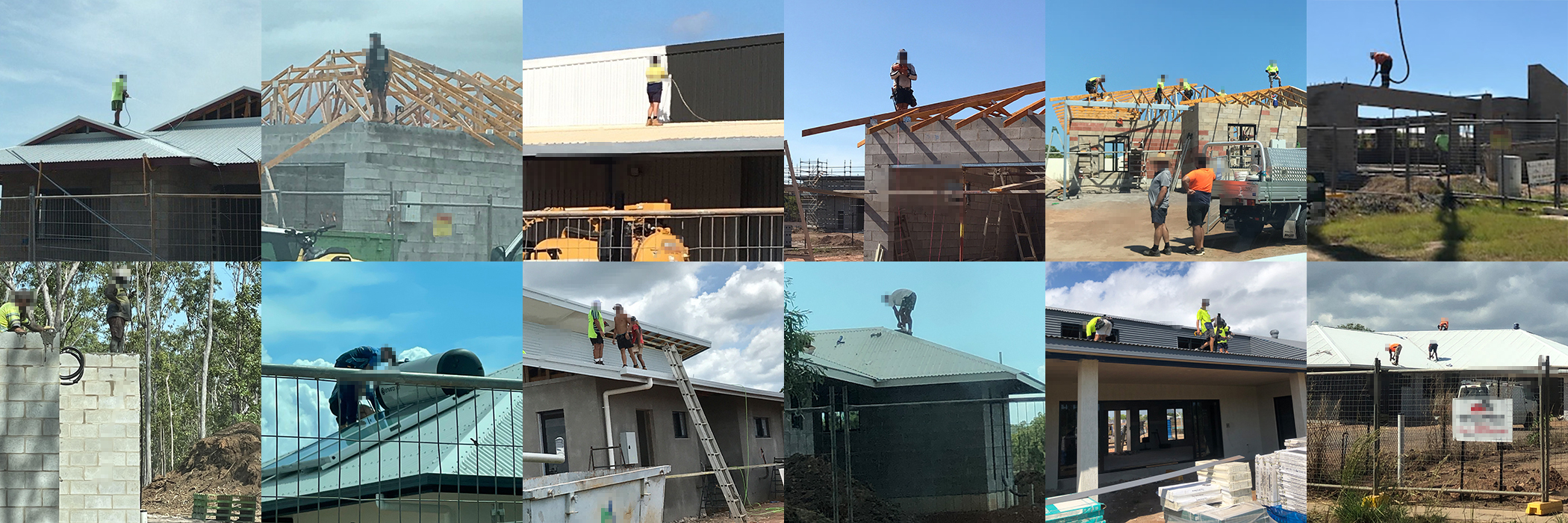Unacceptable risk taking when working at heights in construction
Background
NT WorkSafe is reminding all businesses and workers of the risks of working at heights, and the requirements, especially in the Construction Industry, to manage those risks.
Late last week, a supervisor and a worker were caught working on a ten storey roof without fall protection. The supervisor admitted to breaching safety requirements and enforcement action is underway.

This is the latest incident that WorkSafe Inspectors have encountered in a trend of unacceptable risk taking and non-compliance relating to working at heights in the construction industry. This year, WorkSafe Inspectors have issued twelve improvement notices, twelve prohibition notices and eight infringement notices to the construction industry for non-compliance issues with working at heights.

Disclaimer
The above information is based on preliminary findings from NT WorkSafe’s initial enquiries. Enquiries are ongoing to determine the cause of the incident and the appropriate regulatory response.
Safety Information
Falls are a major cause of death and serious injury in Australian workplaces. Regardless of the task, if there is a risk of a person falling from one level to another, the person conducting the business or undertaking (PCBU) must manage the risks associated with the hazard.
NT WorkSafe strongly urges all workplaces undertaking similar activities to ensure the following measures are in place, and that they are effective:
- Undertake Hazard Identification, Risk Assessment and Control (HIRAC) beginning by identifying hazards related to risks of falls in the workplace using Managing the risk of falls in the workplace Code of Practice;
- Persons in the workplace have appropriate training and instructions necessary to protect them from risks to their health and safety; associated with working at heights;
- Consider available control measures and implement them to eliminate the risk so far as is reasonably practicable, where it is not reasonably practicable to eliminate the risk, minimise the risks so far as is reasonably practicable. The PCBU must manage the risk of fall in a workplace by providing a safe system of work, which may include one or more of the following:
- fall prevention device;
- if it is not reasonably practicable to provide a fall prevention device, provide a work positioning system; or
- if it is not reasonably practicable to comply with either a or b ,provide a fall arrest system, so far as is reasonably practicable.
- Discuss the hazards identified and the control measures you have implemented at your next toolbox talk or team meeting;
- .Follow the Northern Territory’s Work health and safety consultation, cooperation and coordination Code of Practice, and consult your workers and their health and safety representatives when deciding how to manage the risks in the workplace, including when reviewing and making changes to existing processes.
The Work Health and Safety (National Uniform Legislation) Regulations 2011 classify a number of activities as ‘high risk construction work’ for which a Safe Work Method Statement (SWMS) must be prepared before the work starts.
This includes construction work where there is a risk of a person falling more than two metres or works carried out in or near a tunnel, shaft or trench that has a depth greater than 1.5 metres. For further information on developing a SWMS see Appendix E - High risk construction work safe work method statement template of the Construction Work - Code of Practice.
Further Information
- Code of Practice - Managing the risk of falls in housing construction
- Information sheet for Safe Work on Roofs (Safe Work Australia)
- YouTube video - Working at heights (Safe Work Australia)